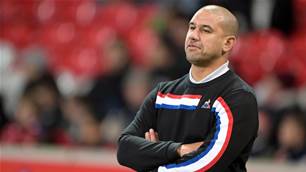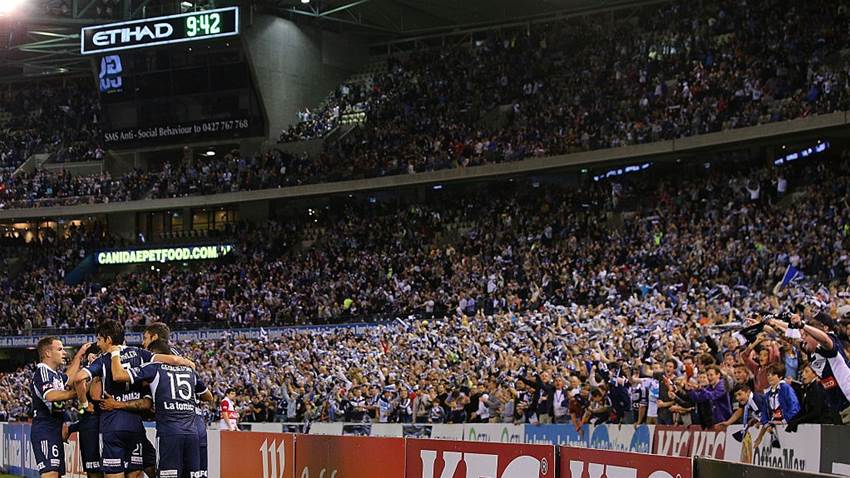In Part One of FourFourTwo's two-part series on saving the A-League, we look at fans.
As Bob Dylan sung; The Times, They Are A-Changin.
Dismal TV ratings, sparse crowds and governance crises have brought the A-League to its knees. But while the competition is enduring one of the worst ruts in its history, there's light at the end of every tunnel.
2018 is a transitional year in Australian football. A World Cup, new national coach, new club announcements and new governance structures will undoubtedly change the sporting landscape, but will it be a siren call, or a death knell?
In part two we'll analyse the A-League as a business, but in part one we recognise that ultimately, fans will provide the answer.
1. Lower ticket prices
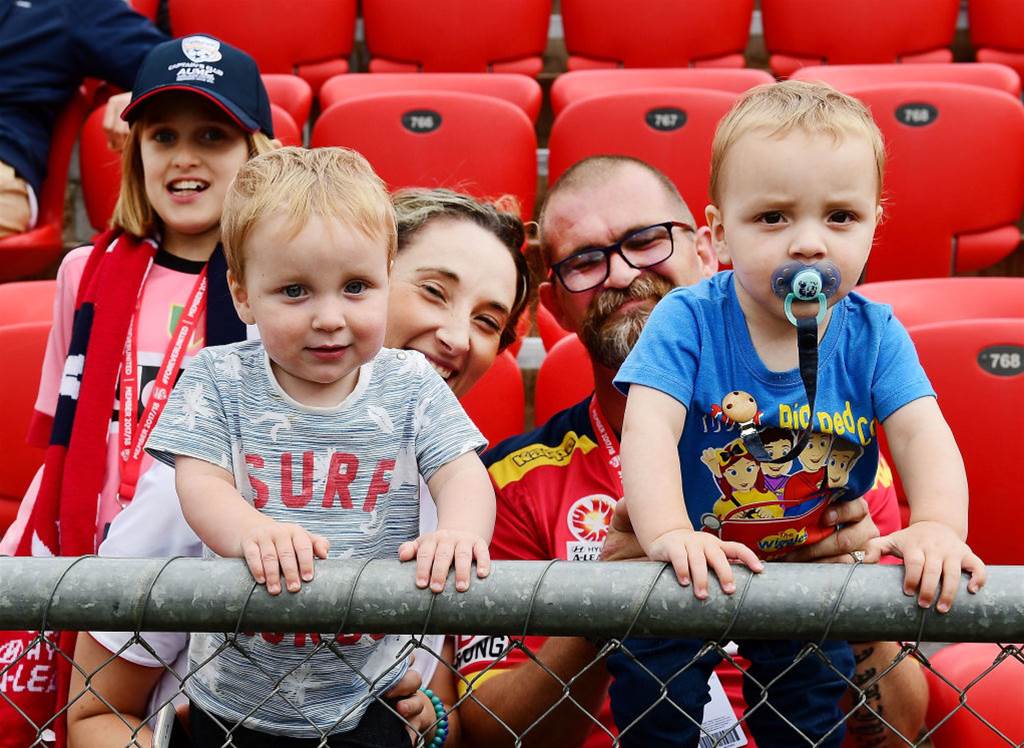
Ticket prices have become a significant bugbear for diehard A-League fans, but it could be an even greater problem for casual attendees. Local derbies attract new fans based on their exciting atmosphere, but premium prices for these events and unfriendly kick-off times – especially compared to the A-League’s principal rival, the Big Bash League – dissuade families attending their first match from attending another.
The A-League has a perception among many Australian football fans for being low-quality and fan numbers are dire, so concerns about cheapening the product only go so far. Likewise, stadium revenue is very important to A-League clubs, so any significant changes have to occur before further damage is done to the league’s reputation.
Some general admission A-League tickets cost over $35. An adult ticket to the Big Blue is set to sting you about $38. But if you want to see Melbourne Renegades take on Adelaide Strikers in the Big Bash, you're looking at a cool lobster ($20, c'mon).
"Ticket prices for the 2016-17 finals series were structured with families in mind"
Petinent to this discussion is the finals series, which can border on taking the piss. Last season's preliminary final between Sydney FC and Perth Glory - in front of a whopping 21,000 at Allianz Stadium - cost families $98 for the cheapest family pass.
A-League boss, Greg O'Rourke, told Fairfax last year that they "carefully designed" ticket prices to "strike a balance between the affordability for families and the premium nature of finals matches."
"Ticket prices for the 2016-17 finals series were structured with families in mind."
But the equivalent family pass for the NRL's preliminary final between the Cronulla Sharks and North Queensland Cowboys cost $49. Believe it or not, that match attracted nearly 40,000 people. The NRL's also been around for 110 years and is widely considered the best Rugby League competition in the world.
Perhaps try balancing ticket prices with your competitors first.
The Summer of Football Festival - allowing free entry for kids up to 16-years-old - was a step in the right direction. Letting them in free all-year-round and significantly reducing family ticket-prices would be a giant leap.
2. Supporting active support
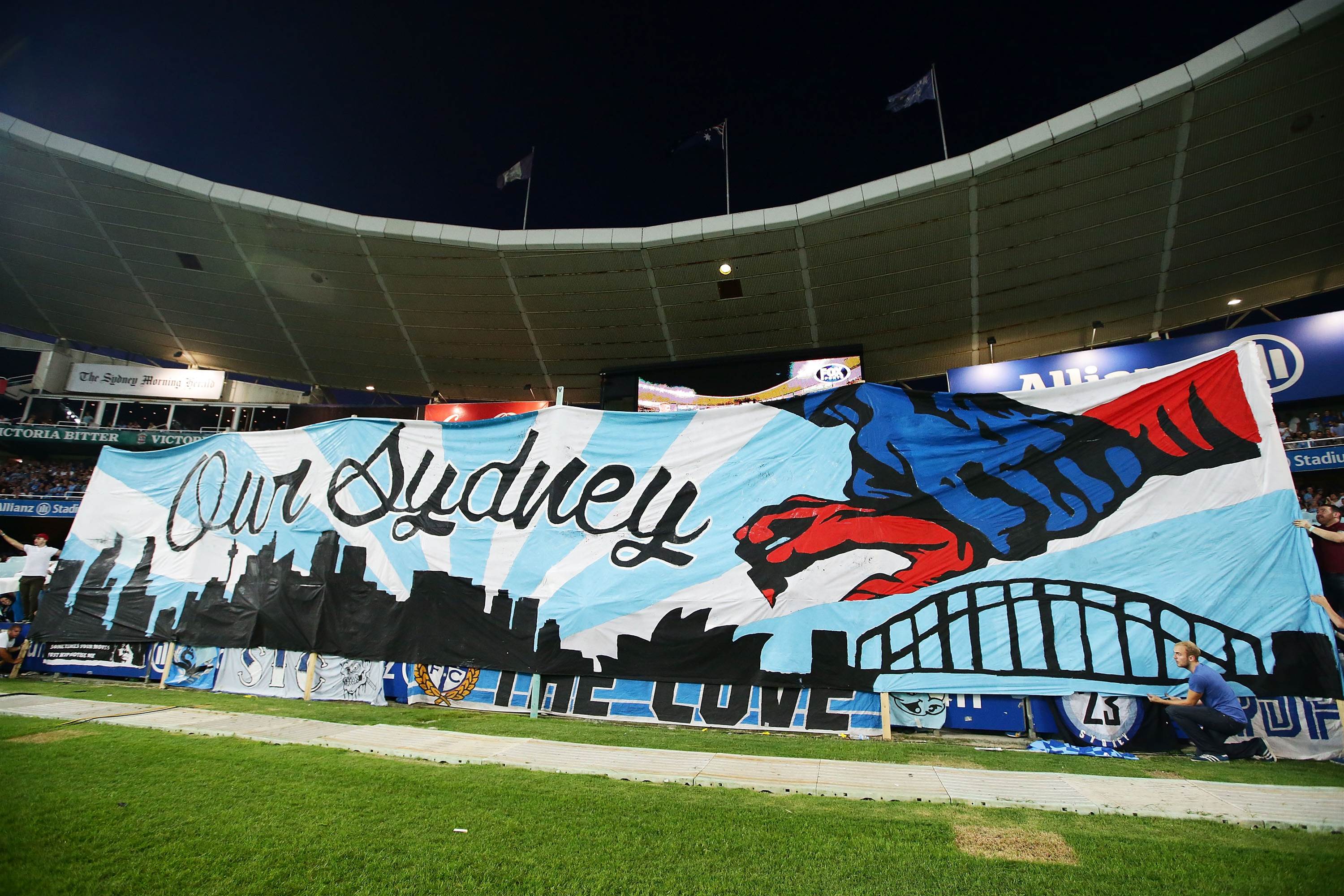
Atlanta is an American city so insignificant (sorry rappers) that if you type its name into Google, you get the TV series instead. With a population of about 400,000 – about a third of the size of Adelaide - nestled in America’s self-proclaimed “dirty south”, it’s surprising to learn that MLS club Atlanta United – in their first ever season - averaged 50,000 people per-match, regularly topping 70,000 towards the season's conclusion.
So why did the NFL-loving, south-eastern Americans jump on the football bandwagon? The atmosphere, duh.
Safe smoke, drums, pyrotechnics, tifo, choreography, you name it - Atlanta and the MLS recognised the need to provide a unique experience and when they did, the public went insane.
In short, active support is the backbone of securing a wide audience in a heavily-saturated sporting market, which is why the standoff between supporter groups, clubs, FFA and Australian police has to be acknowledged and dealt with from the very top.
O’Rourke’s recent suggestion of safe smoke could be extremely important. The league could also directly fund tifos, banners and drums. By backing active supporters and giving fans what they want, they’re publicly supporting the culture and forming a relationship built on mutual respect.
After that, if fans continue to break the law through flares or aggression, the A-League has every right to enforce harsh crackdowns. Active supporters aren't the only fans to take into consideration.
But ultimately, it’s the carrot or the stick. So far the A-League has chosen the stick and – like a Graham Arnold side - it’s created a siege mentality within the active supporters that bothered to remain. It’s worth at least trying the carrot.
3. Over-policing
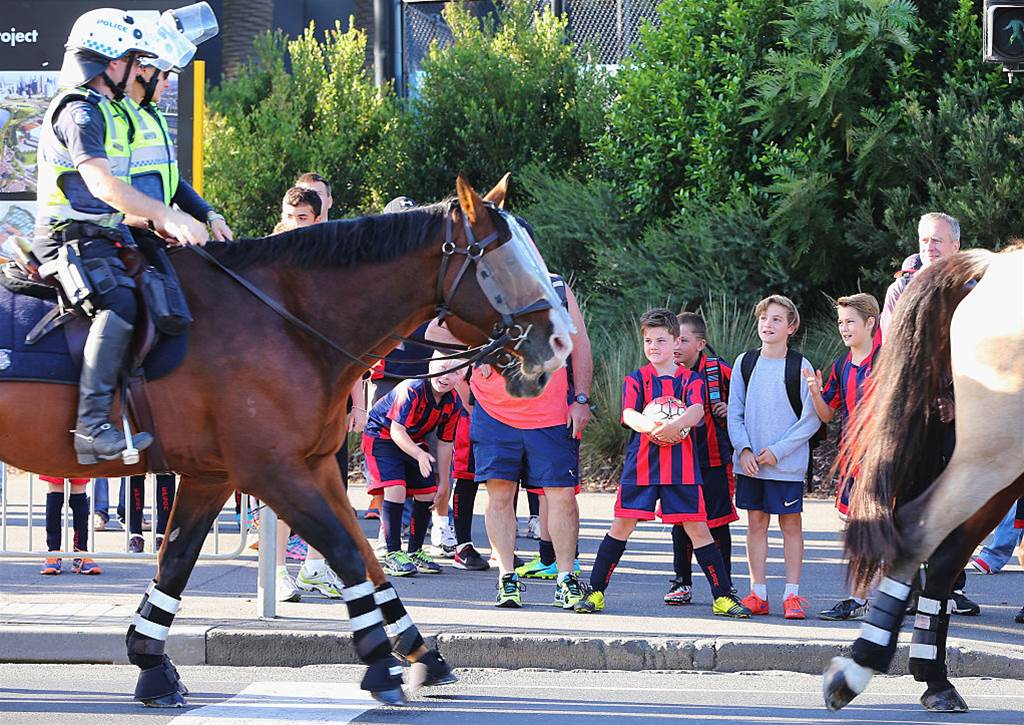
If active support gets its own section, then so should the police. It’s very unlikely that Australian police and stadium security have any real understanding of football culture. They’re tasked with keeping the majority of people who attend A-League matches safe, and it can be a stressful job.
But their job is made a lot harder by reputation and over-interference. In the 1980’s, before England’s Hillsborough disaster, English fans were treated like pigs. Cage-like fences, strict crackdowns and massive police presence resulted in an increasingly toxic supporter base.
Following the formation of the Premier League, they began to lessen police presence and remove punishments for small infringements like offensive chanting, allowing fans breathing room which, over time, led to a healthy, robust atmosphere at matches.
It’s important that FFA creates a dialogue with Australian police to inform them about the unique aspects to football culture.
Information campaigns need to teach police what acceptable active support looks like. The statistics are there: in 2012 - when Melbourne Victory's active support was at its best - there were more average evictions at AFL matches at Etihad Stadium than the Big V's.
Pressure police to refrain from confiscating banners and ejecting groups of fans for swearing (as long as they’re in an active support area). Ask the police to stop using provocative language, like 'hooligans', to describe football supporters in the media.
It's a crucial part of an overall strategy to empower Australian football fans to act passionately but responsibly. We don’t know that we can’t do it, because we’ve never really tried.
4. Socceroos success
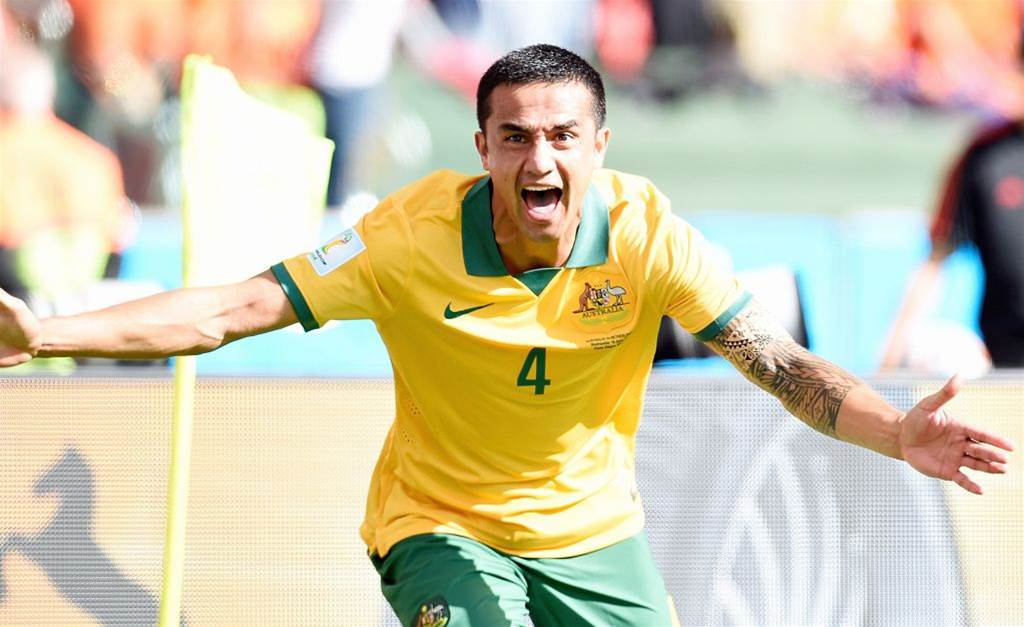
Following Australia’s success at the 2006 World Cup, Melbourne Victory were averaging 31,374 people per-match. That’s more fans than attend the majority of English Premier League games.
Australian football has a peculiar advantage in this area because of our love of the underdog.
Australia’s cricket and rugby sides are expected to win, which means if the Wallabies perform strongly in the Rugby World Cup, it’s unlikely to spark much public interest. Average NRL attendances actually dropped after the Wallabies made the Rugby World Cup final in 2015 – it just doesn’t excite mainstream Australia that we beat up Tonga and Fiji.
Football is a different story. Every four years Australia gets the chance to be the underdog – the very thing our culture tells us to support. It’s why, by virtue of being traditionally unsuccessful, the Socceroos can inspire people in a way that no other Australian national team can.
Supporting the underdog is patriotism at its purest. The heartwarming feeling of Aloisi scoring in front of 'I told you so banners' at Stadium Australia is unmatched by rival codes. To quote a bit of Australiana, 'It's Mabo, it's the vibe, ahh...no that's it, it's the vibe.'
That unique vibe translated directly into increased support for the A-League in 2006. It even made 11-year-olds want to become football journalists.
The national curriculum was supposed to safeguard this future and Australia can't lose sight of the bigger picture. Yet you can't help but feel that despite Bert van Marwijk being a short-term appointment, if he can somehow wrangle a successful performance at the World Cup, he’ll have a long-term impact.
5. Community / grassroots involvement
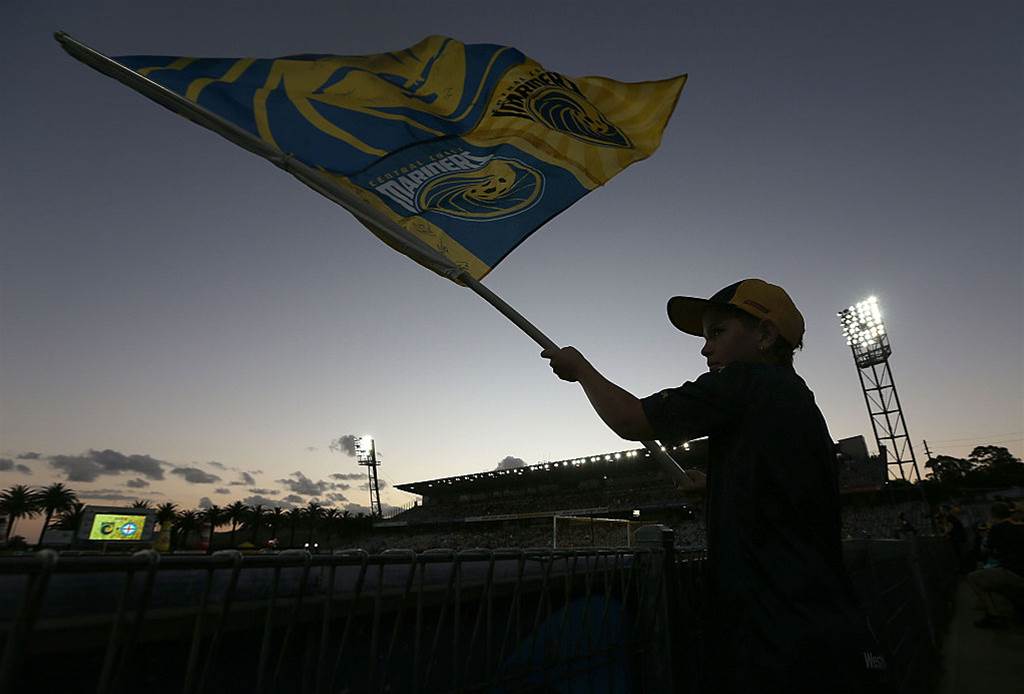
Even after their season fell off the back of a truck somewhere, Central Coast Mariners were inspiring off the field. I wrote in February that the Mariners had actually boosted their average attendances this season, despite another dismal campaign, because of clever community engagement.
If you’re a school or planning an event in the Central Coast, you can easily request a Mariner visits your kids. The club runs clinics, ambassador programs and pre-school health courses. They raise money for local homeless shelters. Most impressively, they pay Julie Goodwin god-knows-what to tell the media “my husband and I go to all the home games and some of the away games.”
We're told time-and-time again that more Australians play football than any other team sport. 48.7% of kids between ages six and thirteen play football. Only 17% play AFL. Three times more Australians over 14-years-old play football than AFL.
Ticket prices and marketing are only half the issue. More footballers have to be attending more primary schools to hand out more stickers more often. A-League clubs can't be insular: every grassroots club within an A-League club's catchment area should have posters and ticket handouts and invitations to clinics.
Newcastle Jets showed this season that through on-field success they could massively improve crowds - which is impressive - but the Mariners showed that despite bleak results, they could still increase their support.
Imagine what a truly competitive A-League club could achieve through that approach.
Related Articles
.jpeg&h=172&w=306&c=1&s=1)
Socceroos prodigy returns to A-League after horror run
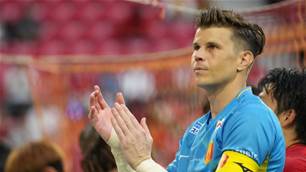
Star keeper's exit heralds hero's return at A-League giant
